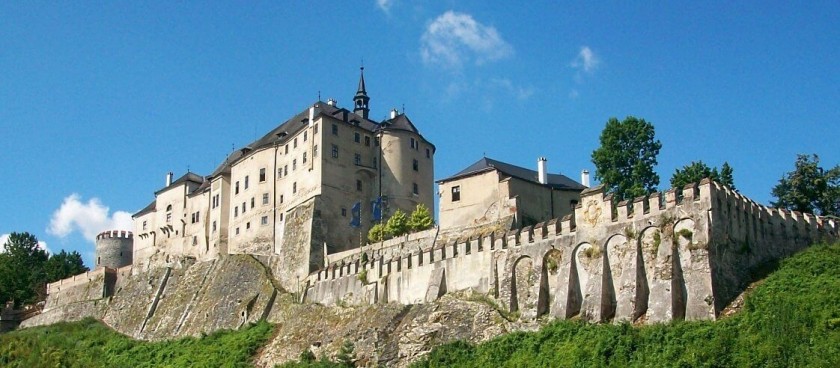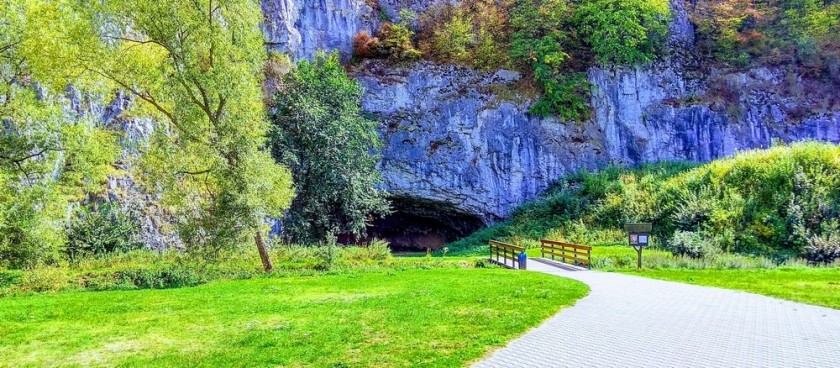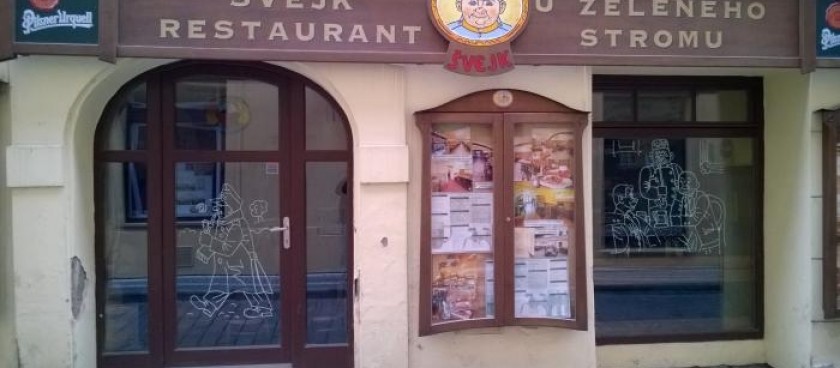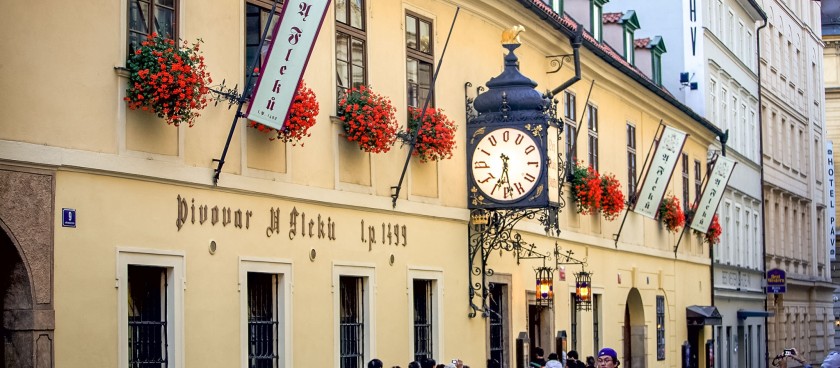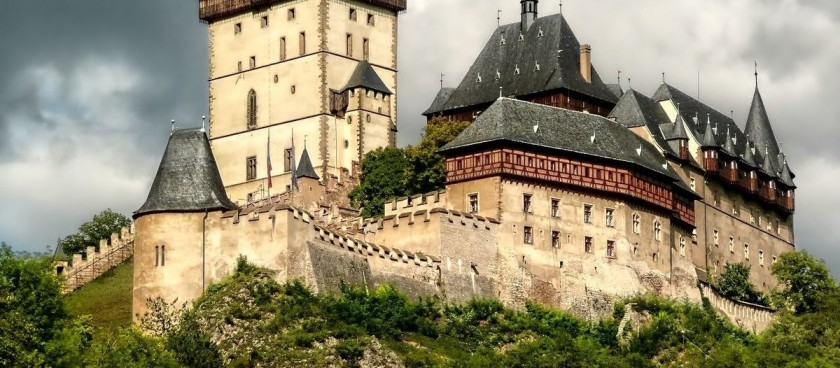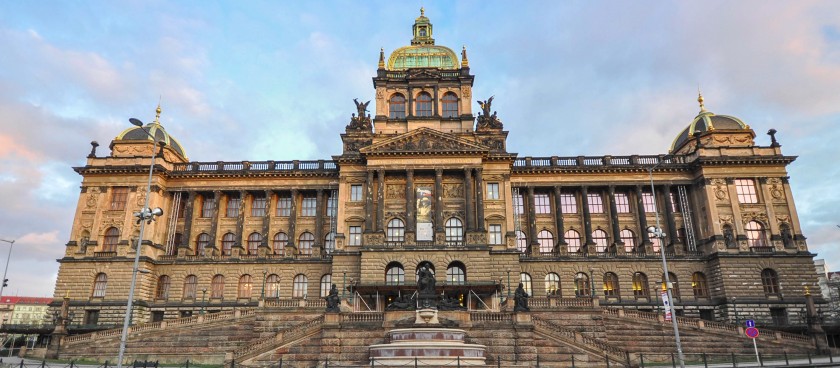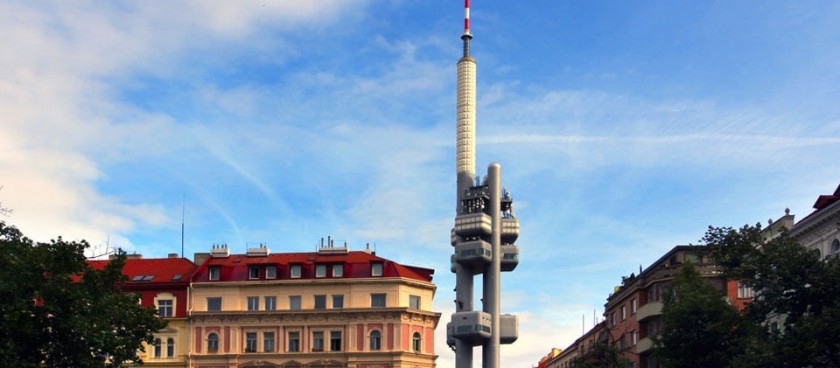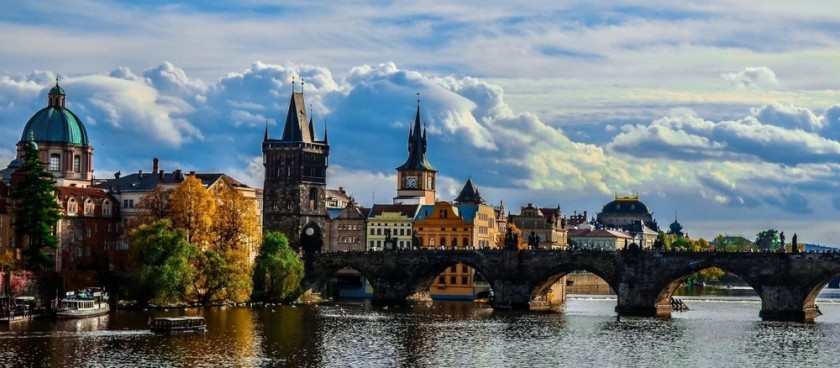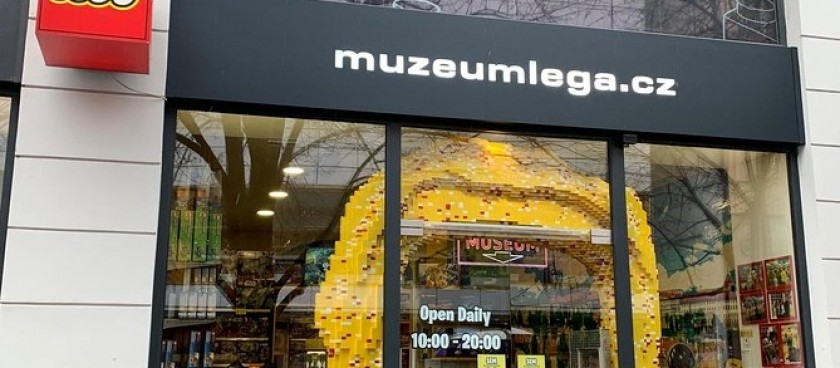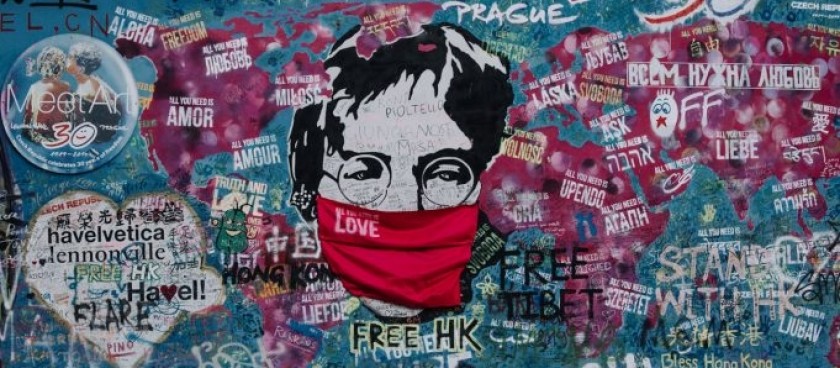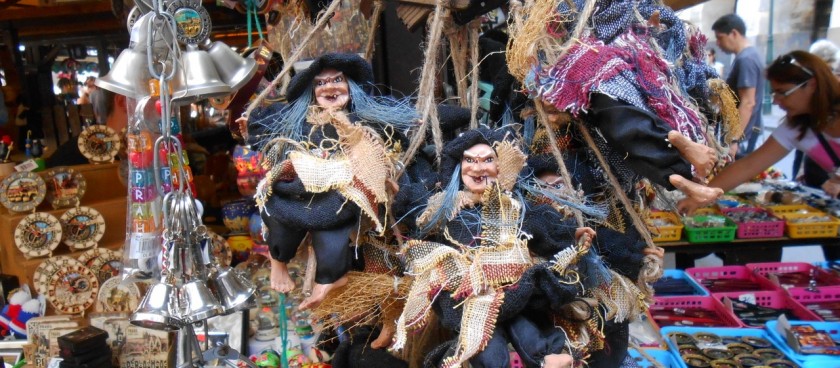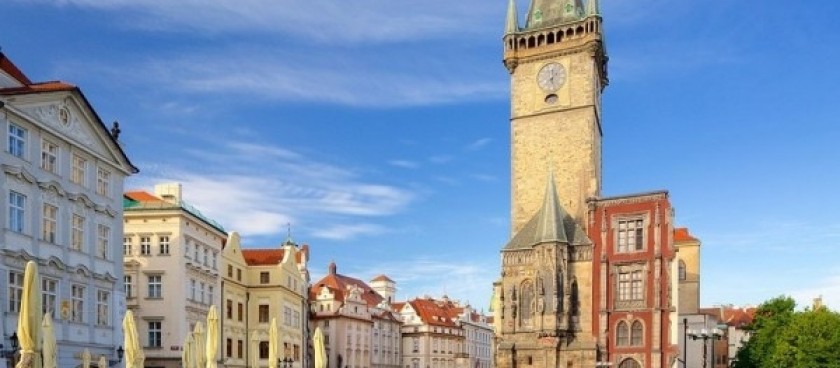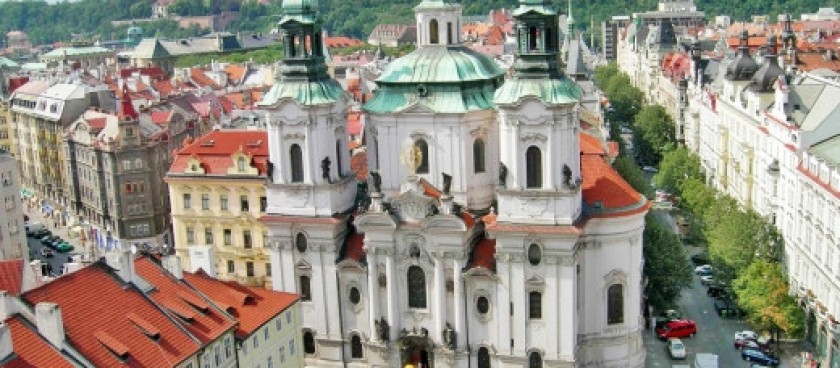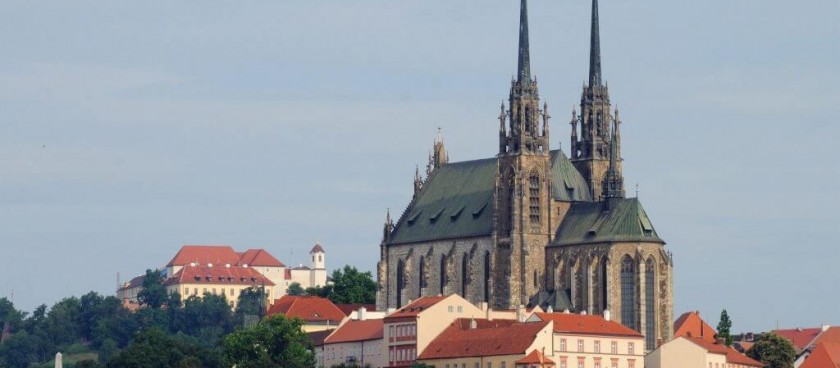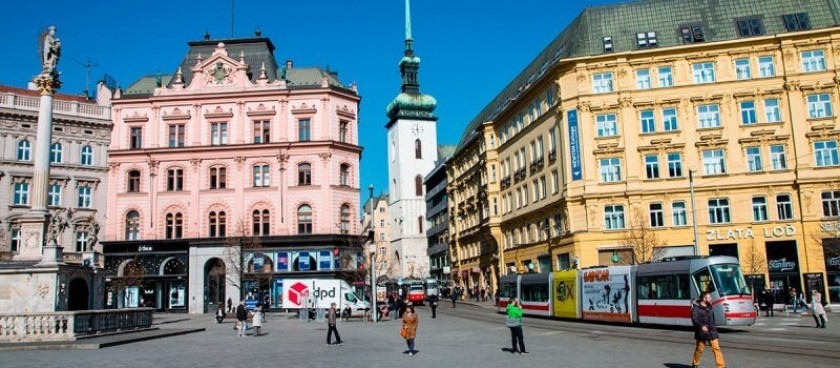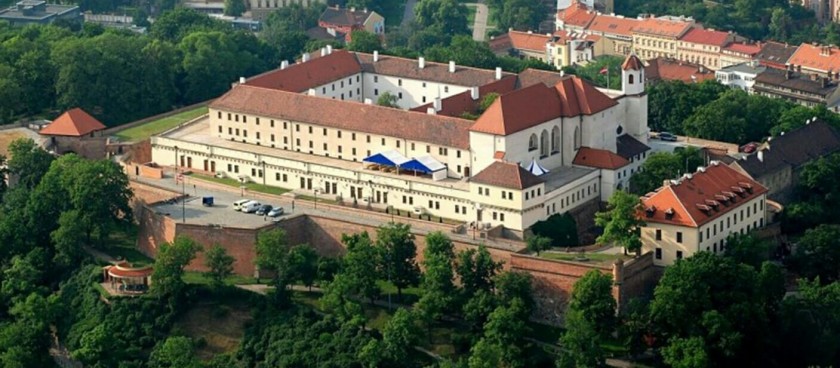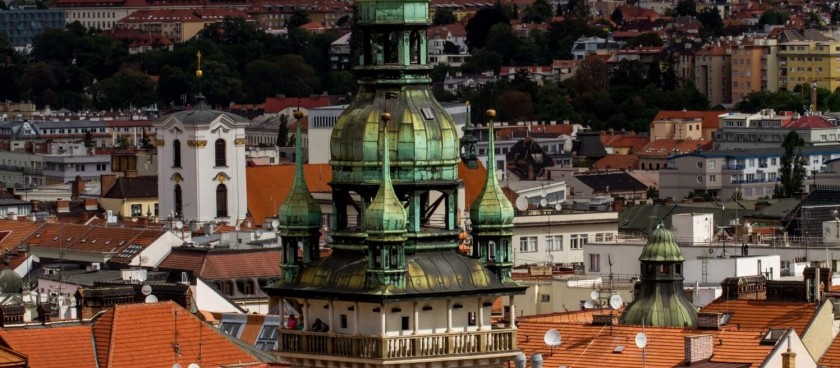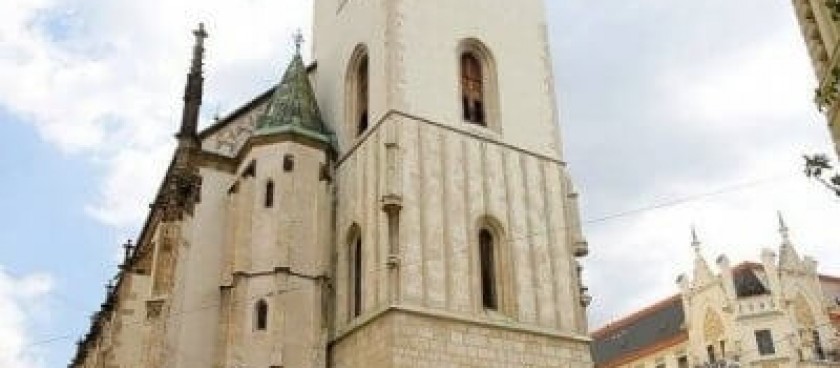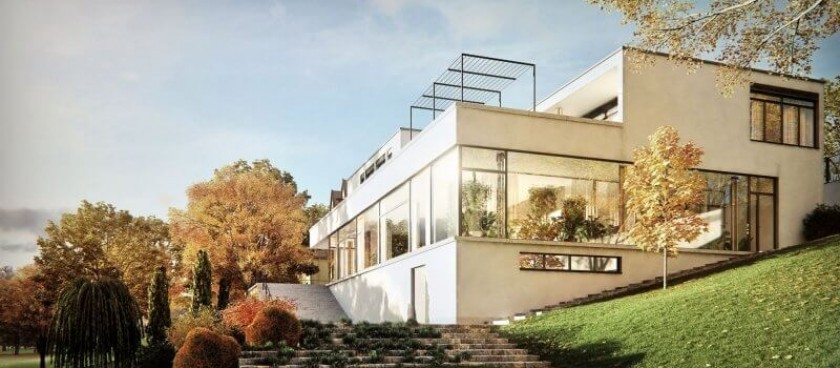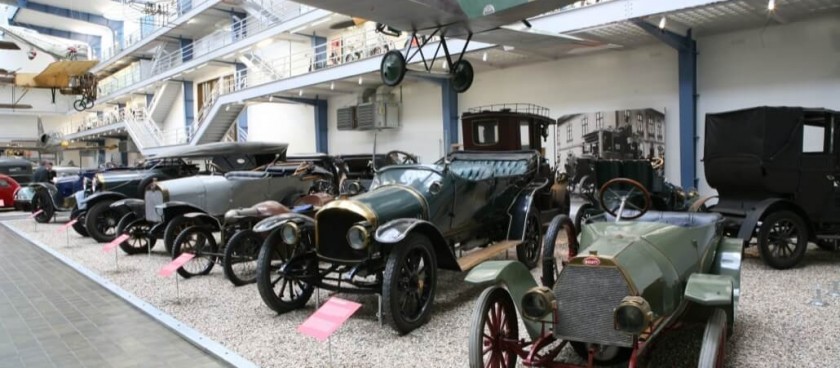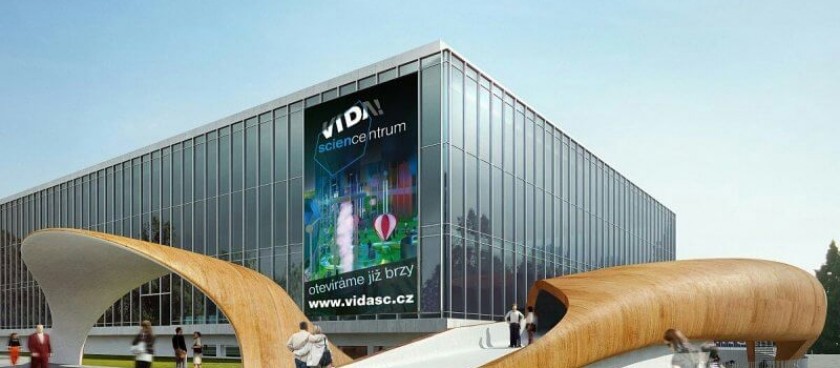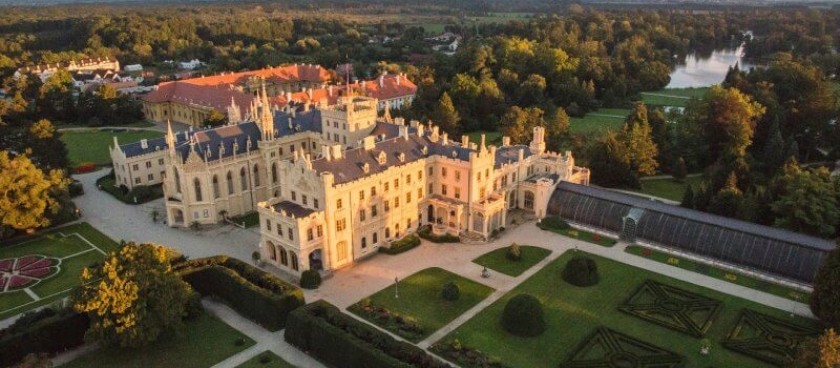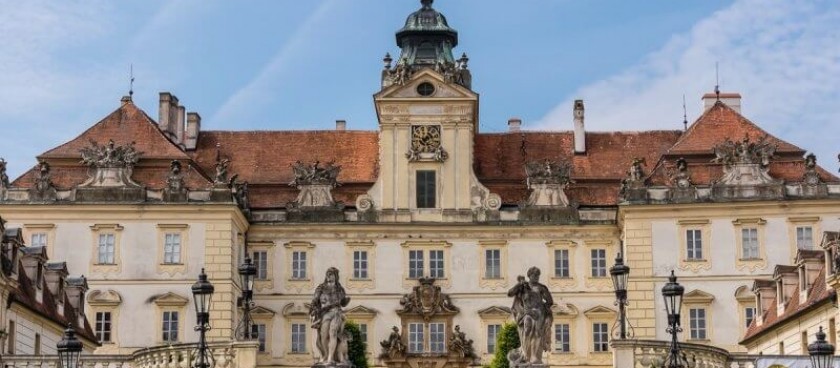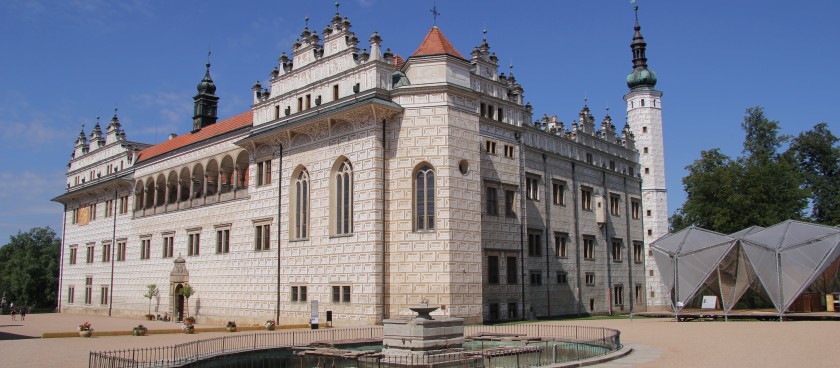Best places to visit in Czech Republic, Czechia
There are 24 places to visit in CZECHIA at the moment 24The Czech Republic, also known for its short-form name Czechia, is a relatively small landlocked but very green and very beautiful country in Central Europe. It is bordered by Austria to the south, Germany to the west, Poland to the northeast, and Slovakia to the east.
With many parts of Europe opening up for tourism again, this article will discuss the best places to visit when travelling to the Czech Republic, as well as some of the most visited places and best attractions in the Czech Republic.
Location and climate
The country has a mostly temperate continental climate and oceanic climate. This means that, when defining the first term, rain is usually distributed throughout the year, and the mean temperature of the coldest month must be below 0 °C (32.0 °F) or −3 °C (26.6 °F). There must be at least four months whose mean temperatures are at or above 10 °C (50 °F). In short, the country sits between the transition zone between these two types with warm summers and cold, cloudy and snowy winters.
There’s never really a bad time to travel to the Czech Republic: Prague will look beautiful, with its cathedrals, spires, and bridges covered in snow or in the sunshine.
Most interesting places and things to do
The most interesting things to do in the Czech Republic will vary by what people, and their personalities, consider interesting. We’ll try therefore to consider all sorts of places to see and things to do.
Prague is situated on the wide Vltava river, with plenty of cobbled, pedestrian bridges. It sits approximately at the same latitude as Frankfurt, or Paris, France. The city is also called the "City of a Hundred Spires", based on a count by 19th-century mathematician Bernard Bolzano; today's count is estimated by the Prague Information Service at five times that number.
There is a rich tapestry of history here in Prague, some Germanic, some more Eastern, which attests to its place in the centre of Europe. There’s Gothic and Baroque architecture across the street from less decorative Soviet-era buildings. There is the Russian Orthodox Church of Saint Nicholas (Mikulas) and all of the buildings associated with Franz Kafka, the German-speaking Jewish writer whose writers presaged the horrors of absolute power in the 20th Century Czechoslovakia as well much else. However, Israel has claimed most of his papers.
For all you bibliophiles, it was reported in 2016, that the Czech Republic has the densest library network in the world.
The country has a proud and long tradition of brewing great beers which can be found at the charming restaurant-brewery “U-Fleku”. Here, museum workers tell visitors the history of the creation of beer and the intricate facts of its preparation. You can end the tour with some hearty historic food including Grilled pork knuckle, served with vegetable puree or Flekovskaya tower, a lovely roast duck served with dumplings and vegetables for around 350 Czech Krona, or 11.50 GBP or 13.75 EUR as of June 2021).
Once you get out of Prague there is the Czech countryside which has many resplendent national parks and conservation areas. One of the most popular is fittingly known as Bohemian Paradise, an area of outstanding natural beauty with numerous, genuinely breathtaking rock formations and many fine old castles.
Podyjí National Park in Moravia, the historical name for the eastern region, is popular for its large, unspoiled forests. Along the way, you will find several old villages and towns, many unchanged since medieval times and home to fine old churches, palaces, and public squares. Moravia has more green treasures waiting for you too, and all are worth a visit.
In the west, there’s Karlstejn Castle, which boasts of its connections to Czech royalty and the founding of the modern Czech state. The distance between Prague and Karlštejn is only 30 kilometres, so the journey takes just 40 minutes via train.
Administrative divisions and demographics
This young country was formed in 1993 after Czechoslovakia was split into Czechia and Slovakia. The country is now divided into 14 regions, including the capital, Prague.
Prague, which has a city government, is divided into 10 municipal districts, 22 administrative districts, 57 municipal parts, or 112 cadastral areas. What this means in practice is fairly complex (and not worth going into detail here).
It is one of the smaller cities of the world, or the 464th largest built-up urban area in the world, with just over one million people living there.
The official language is Czech, with a number of surprising additional officially recognised languages including Slovak, German, Belarussian, Greek, Polish, Hungarian, Russian, Romani, Rusyn, Serbian, Ukrainian, and even Vietnamese.
In the Czech Republic, there is relatively good freedom of the press -- these entities operating within a mixed-market economy, though more private enterprise. However, all organisations are restricted against writing in support of Nazism, racism or violating Czech law. The Czech press was ranked as the 23rd most free press in the World Freedom Index by Reporters Without Borders in 2017. Radio Free Europe/Radio Liberty, spearheaded in 1949 by the United States, has its headquarters in Prague. It continues to be United States government-funded organization, albeit with its own independent charitable structure.
By OECD standards, life in the Czech Republic is fairly good, although peering into the individual metrics reveals a more mixed picture about the socialty and wellbeing of its people.
Transportation and communications
Václav Havel Airport Prague (Czech: Letiště Václava Havla Praha), is the main international airport of Prague and of the Czech Republic. It is named after its first President after the breakaway of the Soviet system, an extensive writer and someone who many consider a modest man in lifestyle.
There are, however, eleven total airports in the Czech Republic and a number of companies that will rent you a car for as little as $10-15 a day.
The train network in the Czech Republic is truly a jewel though: the network contains over 9600 km of railway which is accepted as relatively fast, reliable, and can get you virtually anywhere in the country.
Prague is a relatively safe city and incidences of violent crime are lower than in some European nations like the United Kingdom.
The dialling code to call the Czech Republic from outside the country is +420.
Food and drinks
There are many local Czech dishes that you will never know that you will miss! That is, you’ll miss them if you like traditional meat-and-potatoes cuisine, with dishes heavy on gravies and root vegetables. Winter is a great time to try hearty Czech soups. Two of the most traditional are:
1. Vepřo knedlo zelo (roasted pork) - vepřo knedlo zelo is essentially roasted pork with dumplings and a side of pickled cabbage. This is probably the most traditional of Czech dishes.
2. Svíčková na smetaně (marinated sirloin) - this popular dish consists of braised beef covered with a thick, creamy sauce of parsley root and carrots. It’s usually accompanied by a side of cranberry sauce and a portion of whipped cream.
Economy, culture, foreign relations
After the fall of the Soviet model and the so-called ‘Velvet Revolution’ which swept the country in the early 1990s, the Czech Republic became a member of the North Atlantic Treaty Organization (NATO) on 12 March 1999, a commitment to defence and shared policy that it upholds to this day. The country also became a member of the European Union in May 2004. Today, the Czech Republic is, therefore, by and large, Atlanticist and Europhilic in outlook.
Trade within the EU accounts for a whopping 84% of the Czech Republic’s exports (most of it goes to Germany at 32%), while outside the EU is just 2% and goes to both the United States and Russia.
Not unlike its neighbours Germany, the largest sectors of the Czech Republic’s economy in 2018 were industry (30.2%), followed by wholesale and retail trade, transport, accommodation and food services (19.2%) and public administration, defence, education, human health and social work activities (15.5%).
Prague is also home to Charles University founded in 1348, the oldest university in continuous operation in Central Europe.
History
There is a history to Czechia that dates back well over a thousand years. The former name, Bohemia, derives from Latin "Boiohaemum", which means "home of the Boii" (Gallic tribe) which populated this land during and before the Middle Ages.
The founding legend of the country is the story of Lech, Czech and Rus, three Slavic brothers who embody the Poles (or Lechites), the Czechs, and the Ruthenians (or Rus') respectively. The three brothers appear together in the Wielkopolska Chronicle, compiled in the early 14th century.
The country has been traditionally divided into three lands, namely Bohemia (Čechy) in the west, Moravia (Morava) in the east, and Czech Silesia (Slezsko; the smaller, south-eastern part of historical Silesia, most of which is located within modern Poland) in the northeast. Known as the lands of the Bohemian Crown since the 14th century, a number of other names for the country have been used, including Czech/Bohemian lands, Bohemian Crown, Czechia and the lands of the Crown of Saint Wenceslas. When the country regained its independence after the oblivion of the Austro-Hungarian empire in 1918, the new name of Czechoslovakia was instated to reflect the union of the Czech and Slovak nations within the same recognised sovereign area.
